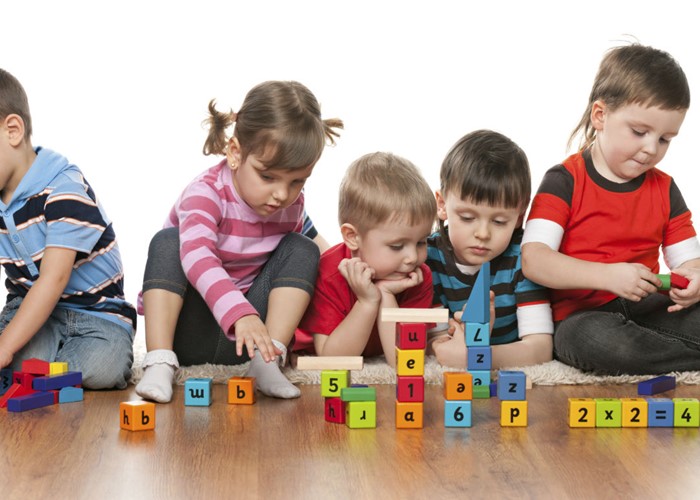
The rules are finally changing on Child Trust Funds.
Money held in a Child Trust Fund (CTF) can be transferred into a Junior ISA from April 2015, the Chancellor has confirmed.
This will give the parents of more than six million children greater flexibility when saving for their future because they will have access to the higher savings rates on offer from Junior ISAs.
Until now it’s not been possible to move the money over, leaving many savings pots stuck on lowly rates in CTFs.
CTFs and Junior ISAs
6.1 million children currently hold CTFs, with a total value of £4.8 billion.
They were bought in by the Labour Government and gave all babies born on or after 1st September 2002 up until 2nd January 2011 a minimum of £250 at birth and age seven.
This money can be topped up to a total of £3,720 each year and the returns are tax-free. The account can’t be accessed until the child turns 18, at which point the money is theirs to spend how they like.
In 2011 Junior ISAs were introduced to replace CTFs and the Government stopped funding CTFs. This meant the rates on offer to CTF holders began to plummet as businesses focused on offering their best rates on Junior ISAs.
The same amount can be put into a Junior ISA and they work like normal ISAs, so you can invest in cash or stocks and shares. The main difference between Junior ISAs and CTFs is that they are optional to open and the Government doesn’t contribute to them.
[SPOTLIGHT]Since the introduction of the Junior ISA, more than 300,000 accounts have been opened and more than £550 million deposited.
Compare market-leading savings accounts for adults and children
Making savings fairer
The Government announced the changes last week.
It said the changes should be made “on the principle of fairness”. The average rates on offer from CTFs are not as attractive as those on offer from Junior ISA providers, meaning children with CTFs have been missing out on better rates simply because of their date of birth.
When the Junior ISA was first introduced many groups voiced concerns over the rule which prohibited money in CTFs from being transferred. The change to the rules comes after a lengthy Government consultation. Of the 761 companies which responded to the consultation, 751 were in favour of allowing transfers.
The Government has not confirmed an official date for the rule change to be made but said it hopes the first transfers will be possible by April 2015.
How to get a better savings rate
As the new rules aren't being implemented for another year, it’s worth checking now to see if your child’s CTF is earning the best return possible.
The highest-paying CTF comes from Yorkshire Building Society at 3%, with a bonus of 0.7% for the first 12 months. This is followed by Skipton Building Society with an account paying 2.65% and Furness Building Society paying the slightly lower amount of 2.60%.
If you don’t want to lock this money away until your child turns 18, a standard children’s savings account is another option. The Halifax Young Saver, Lloyds Bank Young Saver and Skipton Children’s Bond all pay 3%.
Compare market-leading savings accounts for adults and children